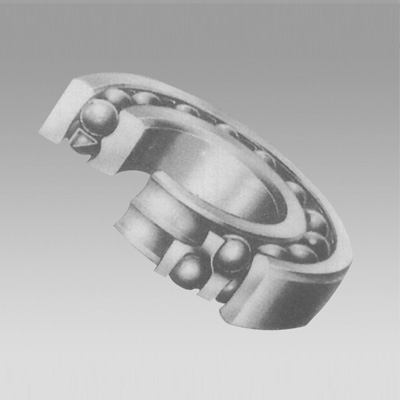
Dec . 25, 2024 08:54 Back to list
axial cylindrical roller bearing
Understanding Axial Cylindrical Roller Bearings
Axial cylindrical roller bearings are specialized components designed for rotational applications where axial loads are present. Distinct from radial bearings, which primarily manage radial loads, axial bearings are particularly effective in aligning and supporting loads that act parallel to the axis of rotation. This article delves into the construction, functioning, applications, and advantages of axial cylindrical roller bearings.
Construction
Axial cylindrical roller bearings consist of several key parts inner and outer rings, rolling elements (cylindrical rollers), and a cage or retainer. The inner and outer rings are designed with raceways, allowing the cylindrical rollers to roll with minimal friction. The rolling elements in these bearings have a larger contact area with the raceways, enabling them to effectively handle axial loads while maintaining stability during operation. The cage serves to space the rollers evenly, preventing them from colliding and ensuring smoother functioning.
The design of axial cylindrical roller bearings allows for high load-carrying capacity in a relatively compact size. This feature makes them suitable for various applications where space constraints exist, without compromising on strength or reliability.
Functioning
Axial cylindrical roller bearings operate on the principle of rolling motion, which minimizes friction compared to sliding contact bearings. When an axial load is applied, the rollers roll between the raceways of the inner and outer rings, allowing smooth rotation and transmission of force. This rolling action helps distribute the load evenly across the bearing, extending its lifespan and improving reliability.
These bearings can be categorized into single-row and multi-row designs. Single-row axial cylindrical roller bearings are ideal for situations where only moderate axial loads are encountered, whereas multi-row configurations can manage heavier loads and are often deployed in rigorous applications such as wind energy turbines and heavy machinery.
Applications
Axial cylindrical roller bearings are commonly found in industries that require precision and reliability under axial loading conditions
. Some notable applications include1. Automotive Industry These bearings are essential in automotive components such as clutches and transmission systems, where they help manage the axial loads transmitted during operation.
axial cylindrical roller bearing

2. Industrial Machinery In equipment such as gearboxes, pumps, and compressors, axial cylindrical roller bearings ensure optimal functioning and stability under heavy loads.
3. Aerospace The aerospace sector relies on these bearings in landing gear systems, where they must withstand substantial axial forces during takeoff and landing.
4. Wind Turbines In renewable energy applications, they are used to support the rotor assemblies, helping to stabilize the structure against the considerable axial forces generated by wind.
Advantages
The use of axial cylindrical roller bearings offers numerous advantages that enhance their appeal across different sectors
- High Load Capacity These bearings can manage substantial axial loads without compromising performance. This feature makes them ideal for heavy-duty applications.
- Low Friction The rolling motion reduces friction compared to sliding contacts, contributing to energy efficiency and reduced wear over time.
- Compact Design Their ability to support high loads in a compact form factor is crucial in applications where space is limited.
- Robustness Designed to withstand harsh operating conditions, these bearings boast longevity and reliability, leading to lower maintenance costs.
Conclusion
In summary, axial cylindrical roller bearings play an integral role in modern machinery across various industries. Their design, capable of managing high axial loads in a compact form, enhances performance and reliability in numerous applications. As technology advances and industries continue to pursue greater efficiency, the importance of optimized bearing solutions like axial cylindrical roller bearings will undoubtedly grow. By understanding their characteristics, application areas, and benefits, engineers and designers can make informed decisions to enhance operational efficiencies in their respective fields.
Latest news
-
Premium Deep Groove Ball Bearings | High Speed & Reliability
NewsAug.29,2025
-
Durable Scaffolding Clamps - Secure & Reliable Tube Connectors
NewsAug.28,2025
-
Common Failures in Thrust Ball Bearings and Solutions
NewsAug.22,2025
-
How Tapered Roller Bearings Can Take Shock Loads
NewsAug.22,2025
-
Angular Bearings in High-Precision Spindles
NewsAug.22,2025
-
The Impact of Misalignment on Cylindrical Roller Bearing Performance
NewsAug.22,2025
